Auto Coater : Technical Specification & Application
Thank you for reading this post, don't forget to subscribe!A Pharmaceutical Auto Coater is an automatic tablet coating apparatus for depositing film or sugar coatings on tablets, capsules, or pellets. It provides a uniform coating, controlled process, and high efficiency, and therefore, it forms an essential tool in contemporary pharmaceutical production.
Technical Specifications of Auto Coater
- Material of Construction
Stainless Steel (SS 316L for product contact surfaces, SS 304 for non-contact surfaces) – maintains strength and GMP and FDA compliance.
Perforated or Non-Perforated Coating Pan – facilitates the even spread of coating solution.
Mirror/Matte Finish – makes cleaning easy and avoids contamination.
- Coating Pan & Capacity
Pan Capacity: From 5 kg to 1000 kg per batch.
Pan Speed: Adjustable 3–30 RPM according to coating needs.
Perforation Size: 1–3 mm (for effective drying).
- Spray System
Gun Type: HVLP (High Volume Low Pressure) Spray Guns for uniform atomization.
Number of Spray Guns: Usually 2–8 guns depending on pan size.
Spray Nozzle Size: 0.5–1.5 mm for accuracy coating.
Pumping System: Peristaltic Pump for precise and controlled liquid flow.
- Air Handling System
HEPA Filters (H13 or H14) for Air Inlet – eliminates airborne pollutants.
Dehumidification System (Optional) – ensures humidity control for moisture-sensitive formulas.
Exhaust Blower Capacity: 200–2,000 CFM, for effective drying.
- Drying System
Hot Air Blower: 5–30 kW heat system for fast drying.
Temperature Control Range: 25°C to 80°C, for maximum drying without degradation.
- Control System
PLC-Based HMI Touchscreen Panel – automates and controls coating parameters.
Real-Time Monitoring: Regulates spray rate, air pressure, pan speed, and temperature.
Recipe Storage: Stores multiple formulations for easy batch processing.
- Safety Features
Automatic Spray Gun Cleaning System – avoids clogging.
Interlock System – inhibits operation when the door is open.
Explosion-Proof Motor (For Solvent-Based Coating) – provides protection in hazardous environments.
Applications of Auto Coater in the Pharmaceutical Industry
Film Coating of Tablets & Pellets
Improves tablet appearance, taste masking, and enhances stability.
Normal coatings: HPMC, PVA, and Acrylic-based coatings.
Enteric Coating
Preserves tablets from stomach acid and facilitates drug release in the intestine.
Applied to proton pump inhibitors (PPIs) and NSAIDs.
Sugar Coating
Traditional coating for use in taste masking and palatability enhancement.
Used in vitamins, pediatrics, and nutraceutical applications.
Controlled Release & Modified Release Coatings
Contributes extended-release (ER), delayed-release (DR), or sustained-release (SR) functionality.
Moisture & Light Protection
Preserves sensitive drugs from external influences such as humidity, light, and oxidation.
Tablet Branding & Identification
Colorful coatings facilitate brand distinction and counterfeit deterrents.
Conclusion

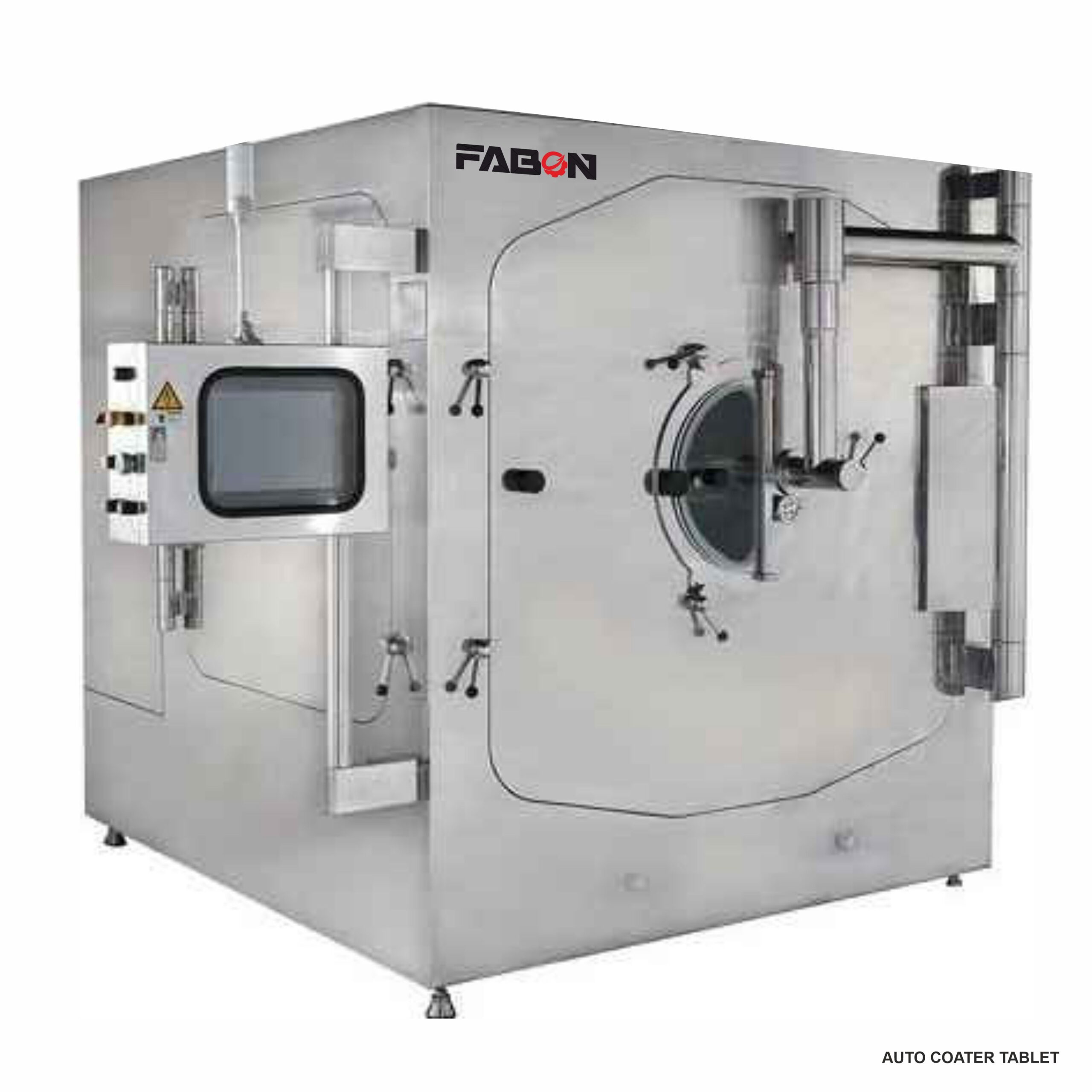
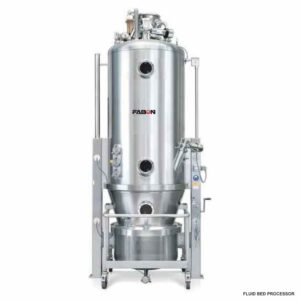
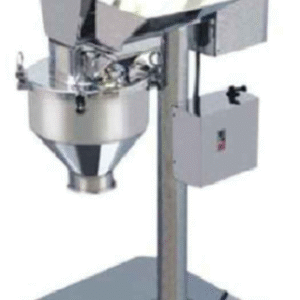
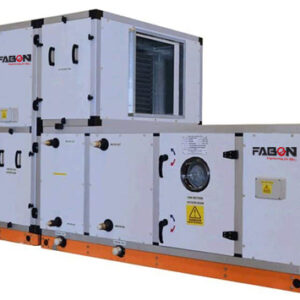
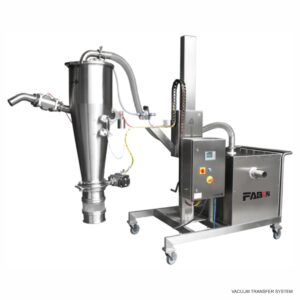
Reviews
There are no reviews yet.